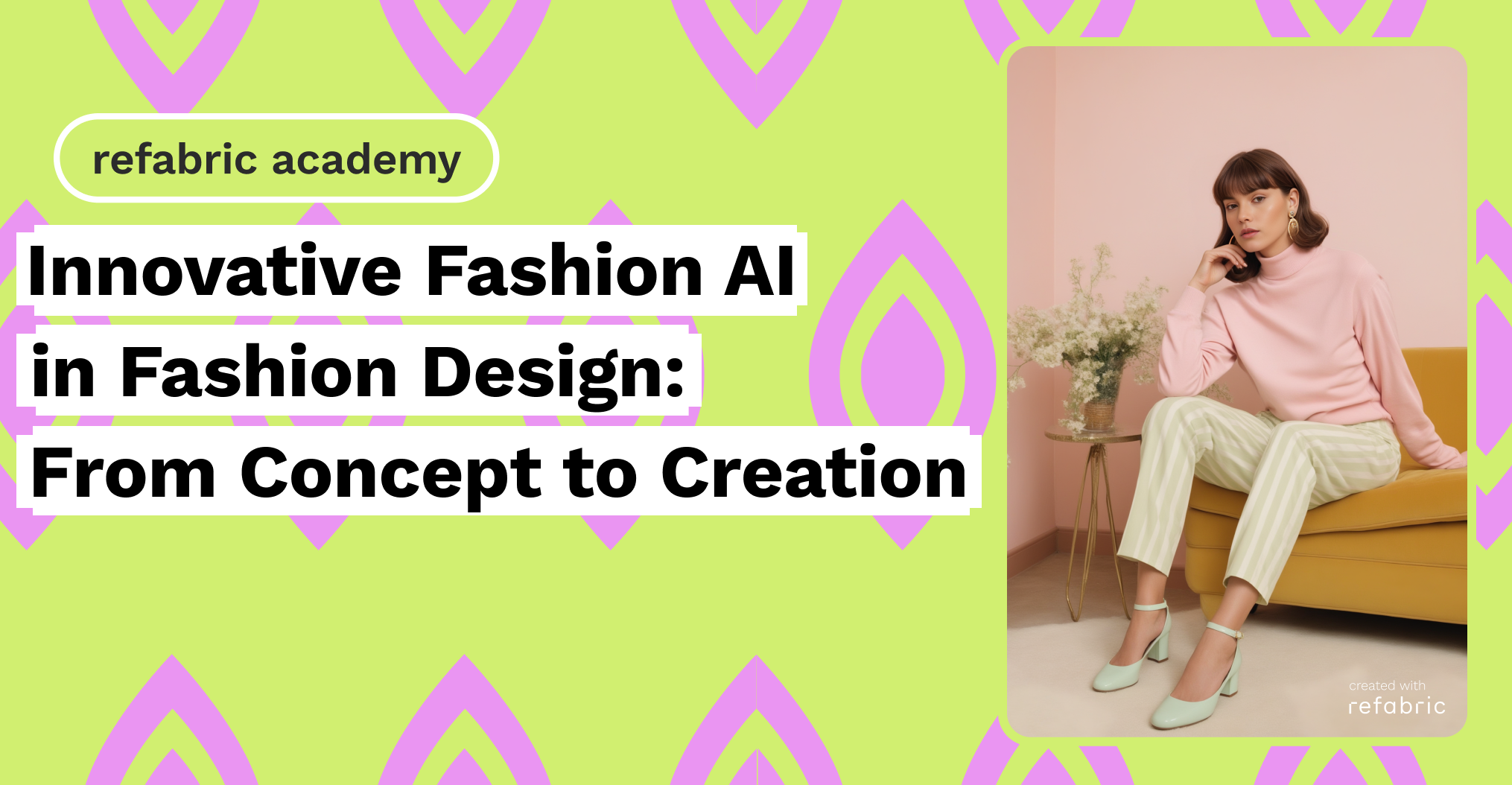The fashion industry is in the midst of a technological revolution, with fashion AI playing a pivotal role in transforming how fashion is designed, produced, and consumed. From conceptualization to the final product, AI in fashion is aiding designers in creating innovative and unique fashion pieces. This article examines how fashion AI tools are reshaping the design process, enhancing creativity, and driving the future of fashion.
The Role of Fashion AI in Conceptualization
Conceptualization is the initial and one of the most crucial phases in fashion design. It’s where ideas are born and creative visions are formed. Traditionally, this phase relied heavily on the designer’s intuition, experience, and knowledge of trends. However, fashion AI is now providing designers with powerful tools to enhance this process.
Trend Analysis and Prediction
AI algorithms can analyze vast amounts of data from various sources, such as social media, fashion shows, and consumer behavior, to identify emerging trends. There are AI-driven tools that use machine learning to predict which styles, colors, and patterns will be popular in the future. This allows designers to create pieces that are not only innovative but also aligned with market demand.
Inspiration and Idea Generation
AI-powered platforms can generate design ideas by analyzing existing fashion databases and combining elements in novel ways. For example, some AI-tools create unique patterns and designs that serve as inspiration for designers. These tools can simulate endless variations, helping designers to push the boundaries of their creativity.
Digital Sketching and Prototyping
AI-driven design software can transform rough sketches into detailed digital prototypes. There are various programs in the fashion AI market allowing designers to create virtual 3D garments, providing a realistic view of how the final product will look. These virtual prototypes can be easily modified, saving time and resources that would otherwise be spent on physical samples.
Fabric and Material Innovation
Fashion AI is also contributing to material innovation by analyzing the properties of various fabrics and suggesting optimal combinations. There are specific AI-tools in fashion industry that can recommend materials that not only enhance the aesthetic appeal of a garment but also improve its functionality and sustainability. This is particularly valuable for creating high-performance and eco-friendly fashion.
Personalization and Customization
One of the most significant advantages of AI in fashion design is its ability to offer personalization and customization. Modern consumers increasingly seek unique and personalized fashion pieces, and AI is making this more accessible than ever. AI algorithms can analyze body measurements and create garments tailored to an individual’s exact dimensions. The tools can offer custom-fit clothing, ensuring a perfect fit for every customer. This level of personalization enhances customer satisfaction and reduces returns due to sizing issues.
Driving Sustainability and Circular Fashion
Sustainability is a growing concern in the fashion industry, and fashion AI is playing a crucial role in addressing this challenge. By optimizing design and production processes, AI helps reduce waste and promote more sustainable practices. Fashion AI can analyze and optimize fabric usage, minimizing waste during the production process.
Fashion AI is also supporting the development of circular fashion models, where garments are designed with their end-of-life in mind. AI in fashion can help identify recyclable materials and suggest design modifications that make garments easier to recycle or upcycle. This promotes a more sustainable fashion ecosystem by extending the life cycle of fashion products.
Ultimately, Fashion AI is revolutionizing the design process from concept to creation, offering designers powerful tools to enhance creativity, efficiency, and sustainability. By leveraging fashion AI for trend analysis, digital prototyping, personalization, and resource optimization, designers can create innovative and unique fashion pieces that meet the demands of modern consumers. As AI continues to evolve, its integration into fashion design will undoubtedly lead to even more groundbreaking advancements, shaping the future of the fashion industry.
